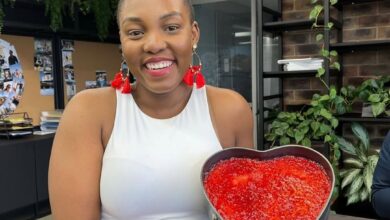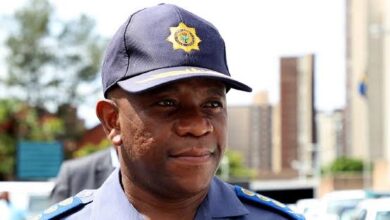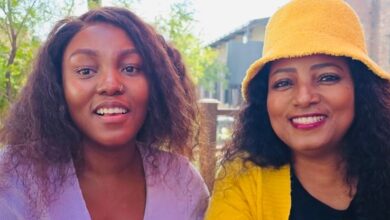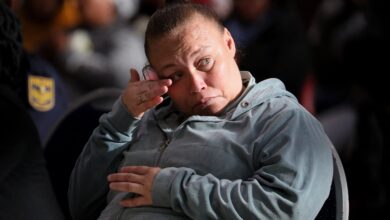10 Interesting Facts About Hector Pieterson
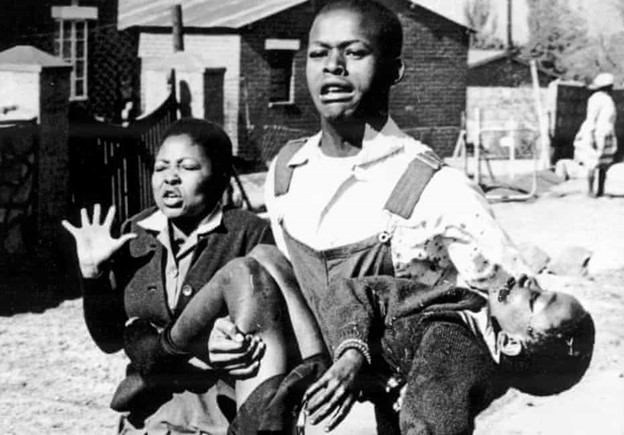
10 Interesting Facts About Hector Pieterson. He was a activist, whose life was cut shot during the Soweto Uprising and Massacre. Learn interesting facts about Hector Pieterson as the country commemorates June 16 today.
1. Hector Pieterson was born on 19 August 1963 and died on the 16th of June 1976. His parents were Vivian Pieterson and Dorothy Molefi. Pieterson had one sister, Lulu Pieterson, and four stepsisters, including Antoinette Sithole and Sina Molefi.
2. With other Black students, Pieterson protested against the Afrikaans Medium Decree. The policy forced all Black higher primary and secondary schools in Soweto to use Afrikaans and English for most subjects.
3. Sithole, Pieterson and about 20000 other students decided secretly to revolt against the policy. They wrote slogans, made signboards and sang protest songs. They marched through the streets to Orlando Stadium for a rally.
4. The students sang, waving signboards saying “Down with Afrikaans” and “To Hell with Afrikaans”. They recited a forbidden poem, Nkosi Sikele iAfrica, which later became the national anthem. The police retaliated by taking drastic action.
5. Pieterson was shot, and his body lay lifeless on the ground. He was picked up by Mbuyisa Makhubo, a high school graduate, and ran to the nearest clinic. It was too late, Pieterson was already dead before he got there.
6. An image, taken by Sam Nzima, showed Pieterson’s dead body carried by Makhubo with sister Sithole nearby. It became the iconic image of the 1976 Soweto Uprising, spreading around the world.
7. Pieterson together with Hastings Ndlovu, became the first Black protesters shot and killed by the police in the Soweto Uprising and Massacre.
9. His tragic death symbolized the brutality of apartheid, speeding up resistance movements and forging solidarity between its members. 16 June is now commemorated as Youth Day in South Africa.
10. In 1992, the Hector Pieterson Museum was created to commemorate the fight of Pieterson and other students against the apartheid in South Africa. The museum opened in 2002 and can be found on Khumalo Street in Orlando West.

